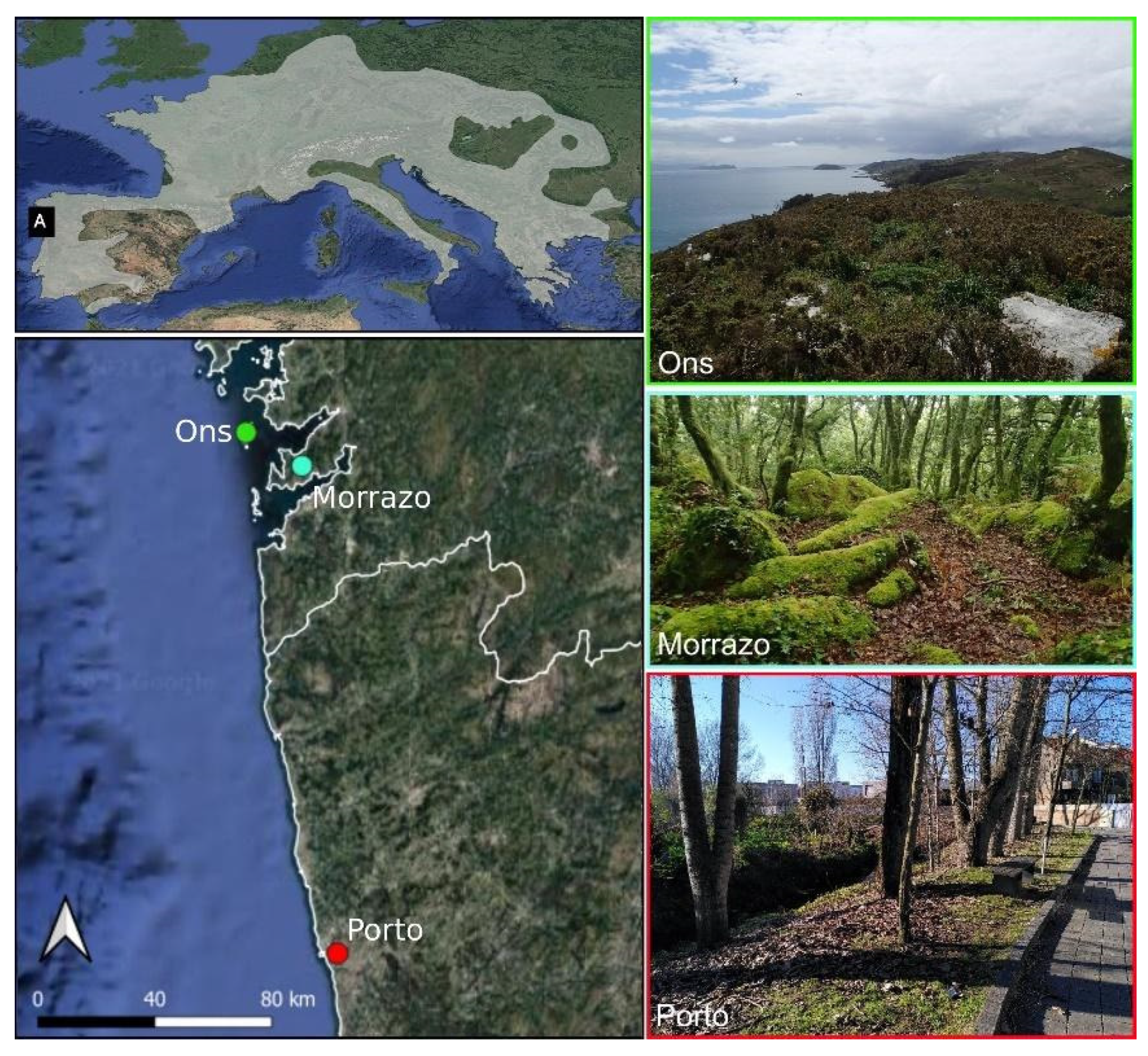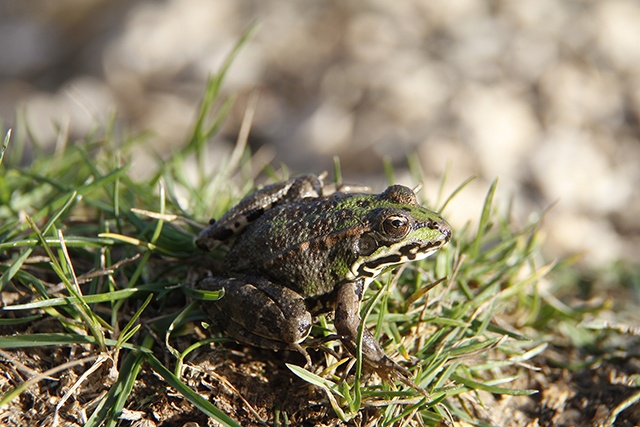This work highlights the complex evolutionary history that shaped the current genetic composition of high mountain populations, and underscores the importance of using a multilocus approach to better infer the dynamics of population divergence. Leer más.





The results support a strong trend towards herbivory in this species with plants representing almost 74% of the diet occurrences in contrast to the 26% of animal prey. Remarkably, the plant fraction of the diet remained stable across localities but varied with size and mass in males. As males grew bigger and heavier, they significantly increased their plant matter intake. Likely, larger bodies and abdomens allowed allocating longer and more complex digestive tracts harbouring intestinal flora to better decompose plant organic compounds. This allowed heavier animals to have a richer diet regime. However, diet richness and composition were not affected by either sex or size, while the locality had a significant effect on both diet components likely in response to local variation in prey availability. Leer más.
Between primers, there were no significant differences in the diversity and richness of prey detected. We observed differences in the prevalence of prey identified between sampling regions both in our study and in other studies of S. salamandra diet. This COI metabarcoding study provides recommendations and resources for subsequent research using DNA metabarcoding to study amphibian diets. Leer más.

Un estudio realizado por investigadores de la UMA, del Museo Nacional de Ciencias Naturales (MNCN-CSIC) y de la Universidad Complutense de Madrid (UCM) muestra que la exposición de las larvas de rana verde común, Pelophylax perezi, al amonio, presente en muchos fertilizantes utilizados en agricultura, reduce la capacidad del sistema inmune de los machos adultos para responder a las infecciones. Leer más.

Our results show that artificial sites are preferentially used as breeding sites in the region compared to natural aquatic habitats, providing key habitat for the species and hosting much larger numbers and densities of larvae than natural sites. At local scale, populations of A. obstetricans in artificial sites were abundant and characterized by high male breeding success. Leer más.







